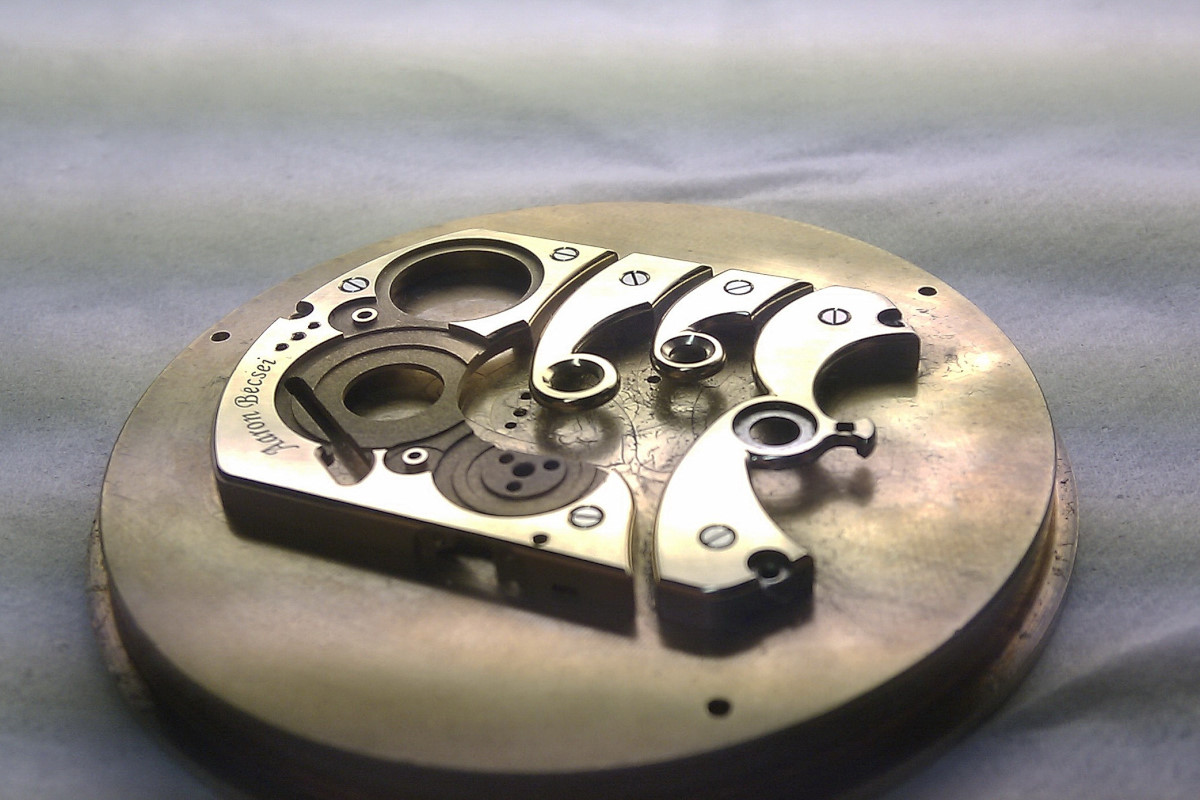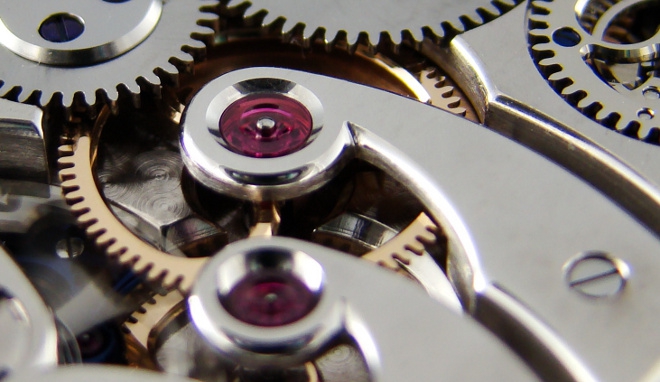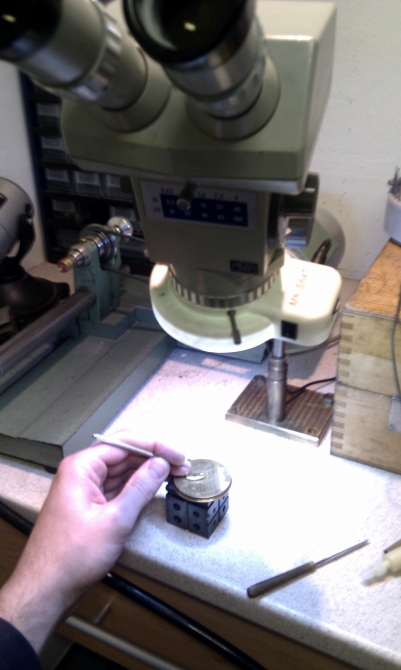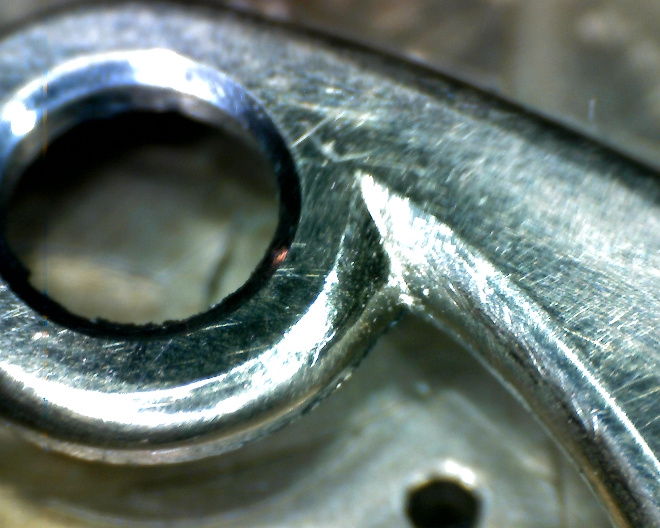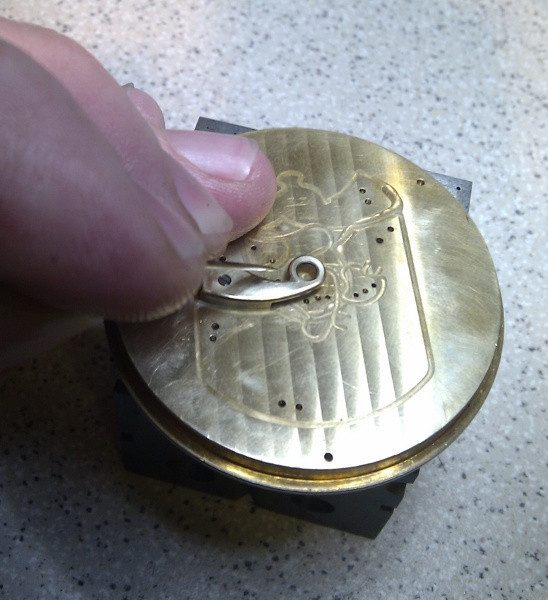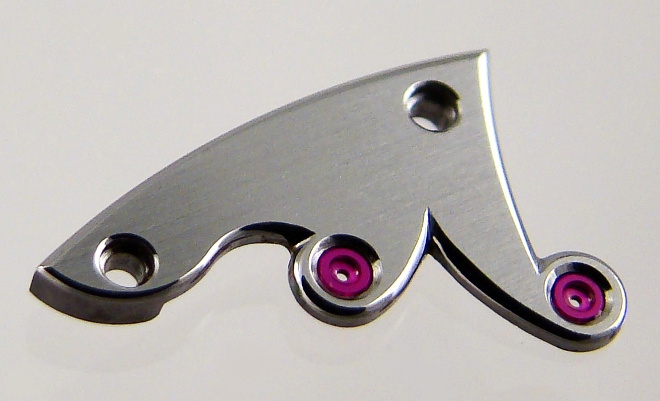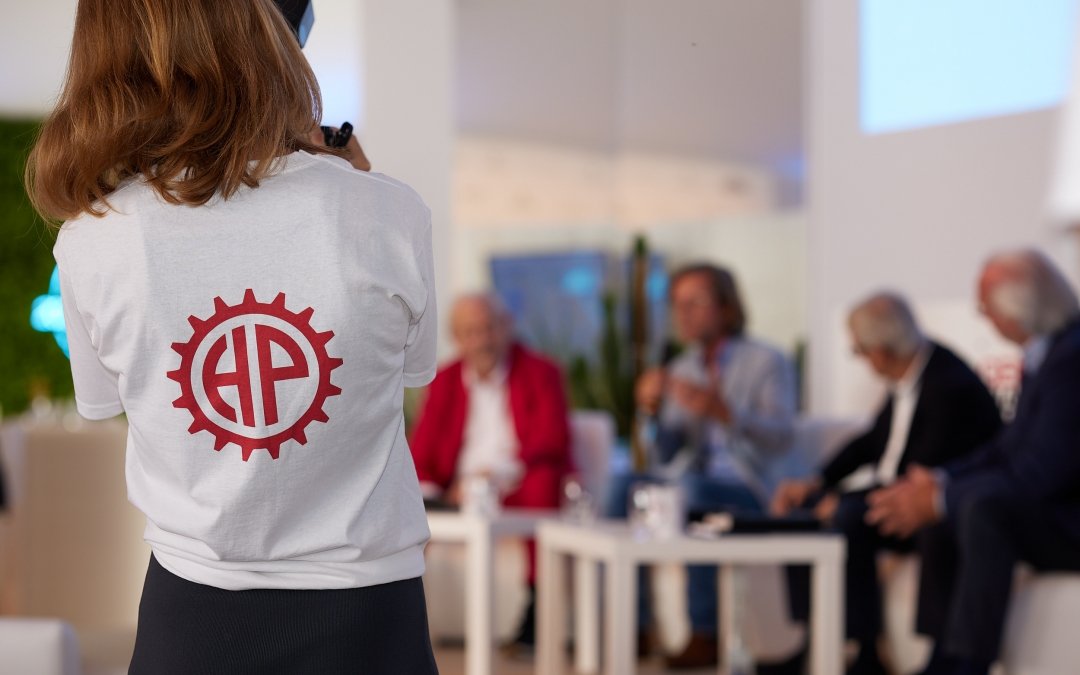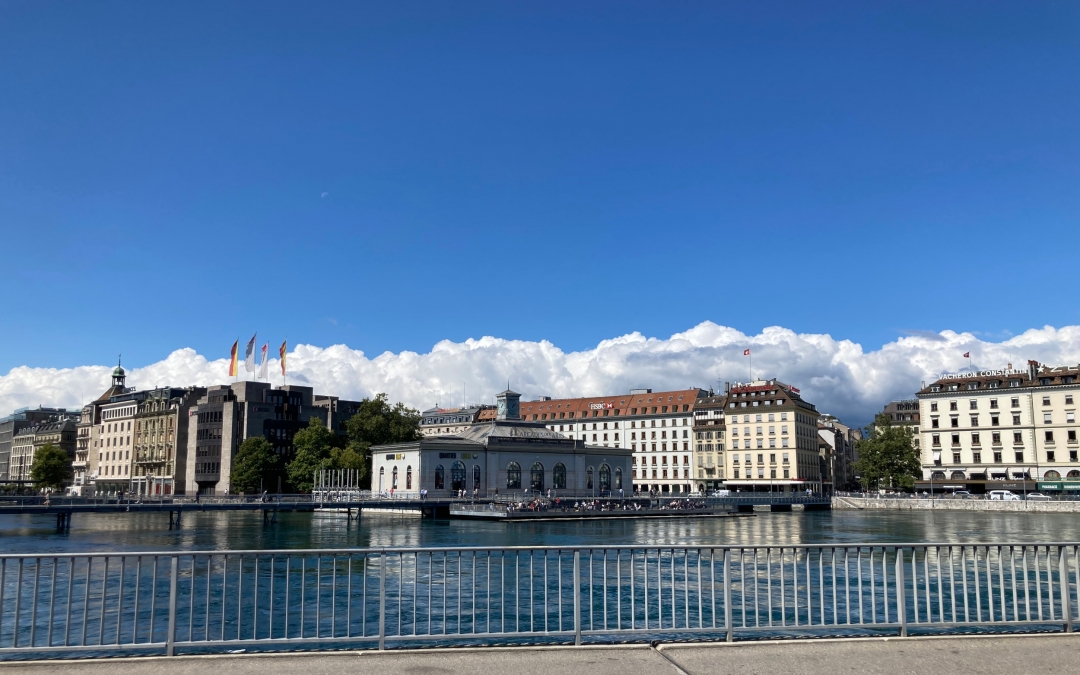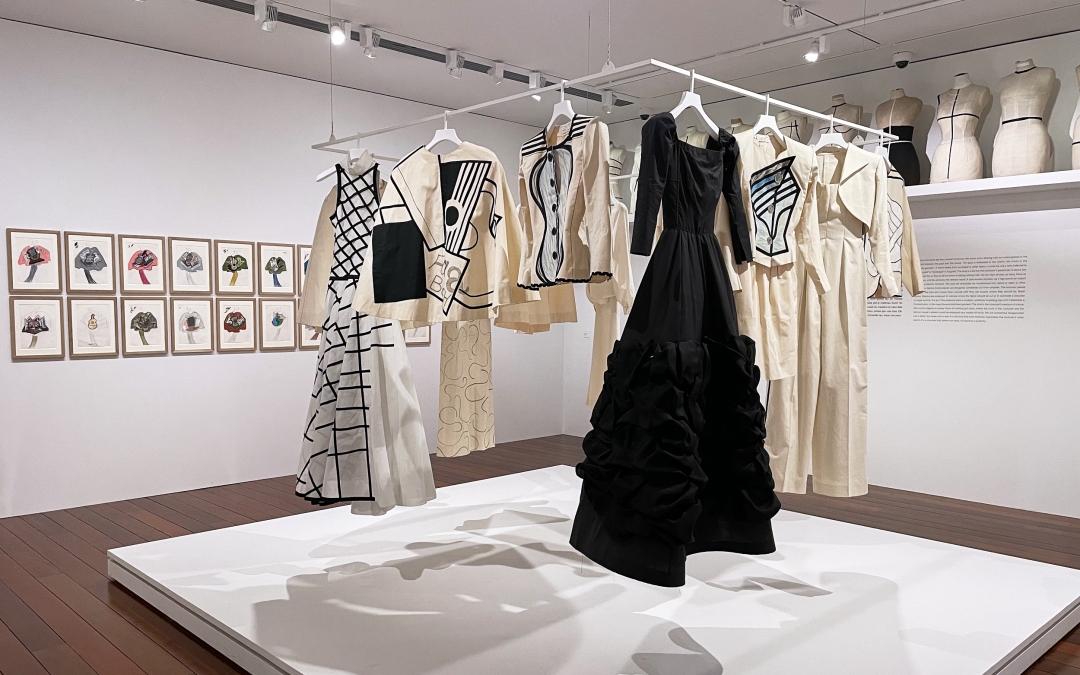Aaron Becsei is an independent watchmaker and member of Académie Horlogére des Créaturs Indépendants. He guides me with the experts’ knowledge through the secrets of fine watchmaking. In the series of Uncomplicate Complications we discover the seeds of uniqueness, art and value in a timepiece.
Whether haute couture, haute joaillerie or haute horlogerie, they definitely share one thing: the highest possible level of fastidiousness and precision. They strive for perfection not only in the visible details, the real art is refining the details that are not visible to outsiders. Just as in the world of fashion, fashion houses must meet strict regulations and requirements to show an “haute couture” collection, this is no different in the world of watchmaking.
One such differentiating term which signifies fine watchmaking is “anglage”. Anglage is an angling process of plate and bridge edges, it is a rare and delicate job to highlight the authenticity of the handmade pieces. The aim of the chamfering or beveling is to remove the edges between the surface and the sides and form a chamfer (or bevel).
-
Here are a few of the main “rules”:
- The surface of the flat angle must be regular (except for angle rocked)
- The width of the angle must remain constant, although its edges are parallel
- A chamfering should not twist
- Veneers are unacceptable
- The quality of the polishing should allow maximum light reflection
- The work must appear neat and tidy, including when observed under the microscope
“Angleurs” artisans are now very rare because there is no system of training for this profession. Only a few concepts are taught in watchmaking schools. To overcome this, watchmakers organize in-house trainings in the old master to student fashion. For example at Vacheron Constantin, the company has an 18-month training program for their watchmakers to learn this finishing technique.
Aaron is one of the very few watchmakers who are able to master the “anglage” practice. Once a journalist asked him whether it is possible to leave the non-visible parts “just-made” and not “perfectly-made”. He laughed… The answer is definitely a NO. All the parts should be as precisely finished as it were one-singular jewel.
There are several finishing techniques which give an exceptional appearance to the surfaces. One of Aaron’s most preferred finishing methods is the “anglage” even though is one of the most complicated and time consuming processes.
There are different ways to making the anglage, but usually he picks the most beautiful one: when the edges are rounded (not flatly made measuring 45 degrees). Of course the tools used are prepared in-house by Aaron as to perfectly correspond to the desired results. He makes the procedure manually with a hand-held file and grains or using abrasive pastes. In this way the edges will be rounded and polished to give a very shiny finish.
The articles of the series:
Uncomplicate complications – Entrée
Uncomplicate complications – Movements
Uncomplicate complications – Anglage
Uncomplicate complications – Geneva stripes
Uncomplicate complications – Finishing #1
Uncomplicate complications – Finishing #2
Uncomplicate complications – Tourbillon
Uncomplicate complications – Perpetual calendar
Uncomplicate complications – Power reserve indicator
Photo credits: Bexei.
All registered trademarks are property of their respective owners.
All rights reserved.
